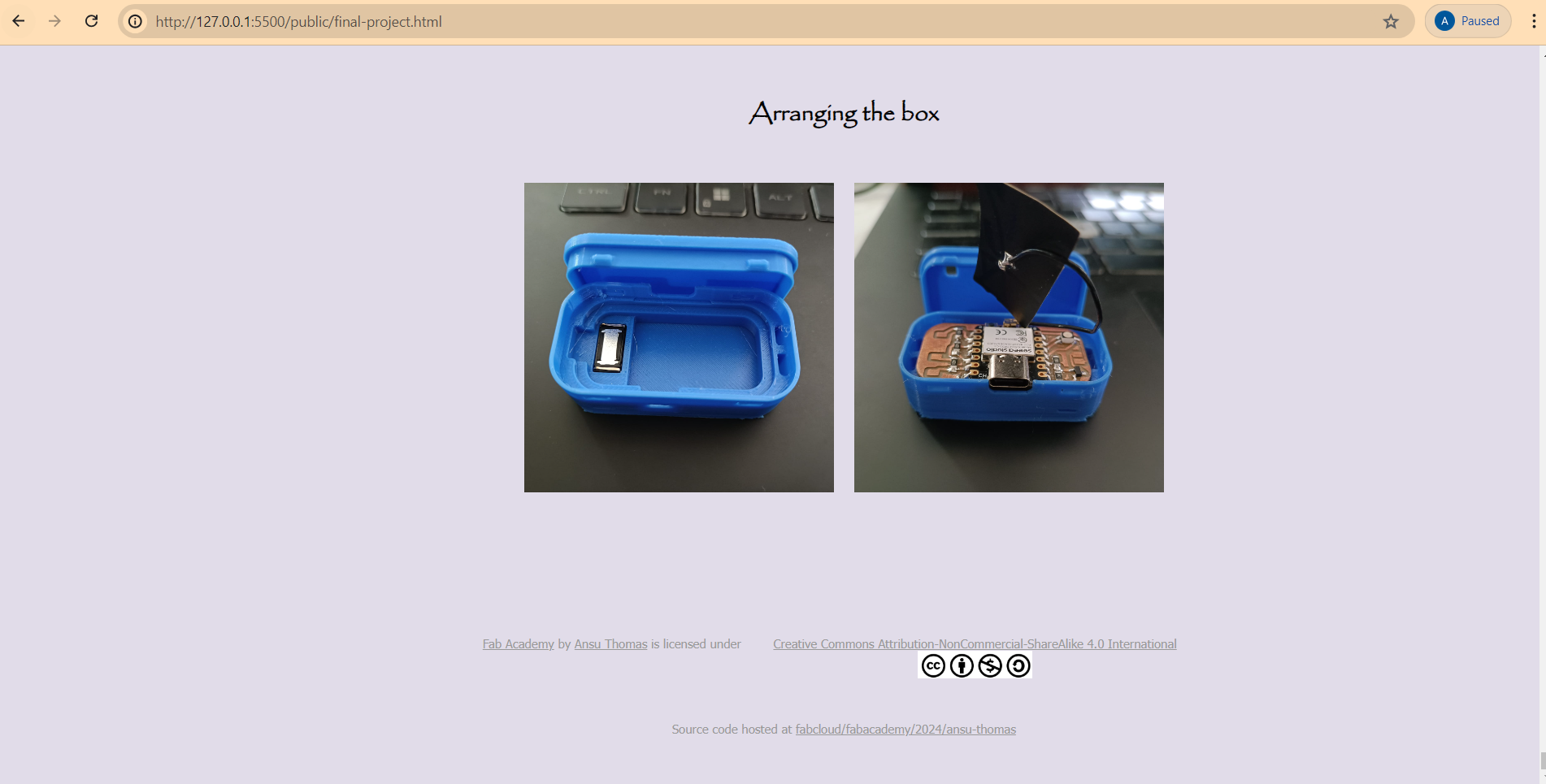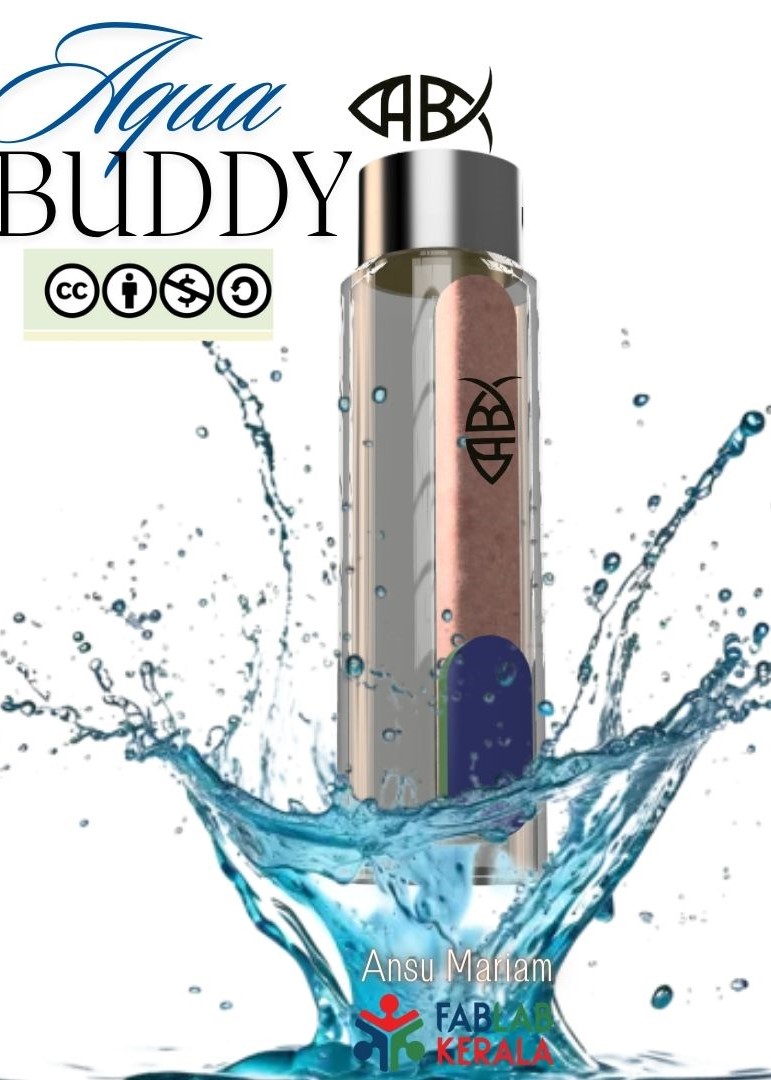Invention, Intellectual Property, and Income
The assignments for this week:
- develop a plan for dissemination of your final project
- prepare drafts of your summary slide (presentation.png, 1920x1080) and video clip (presentation.mp4, 1080p HTML5, < ~minute, < ~10 MB) and put them in your root directory
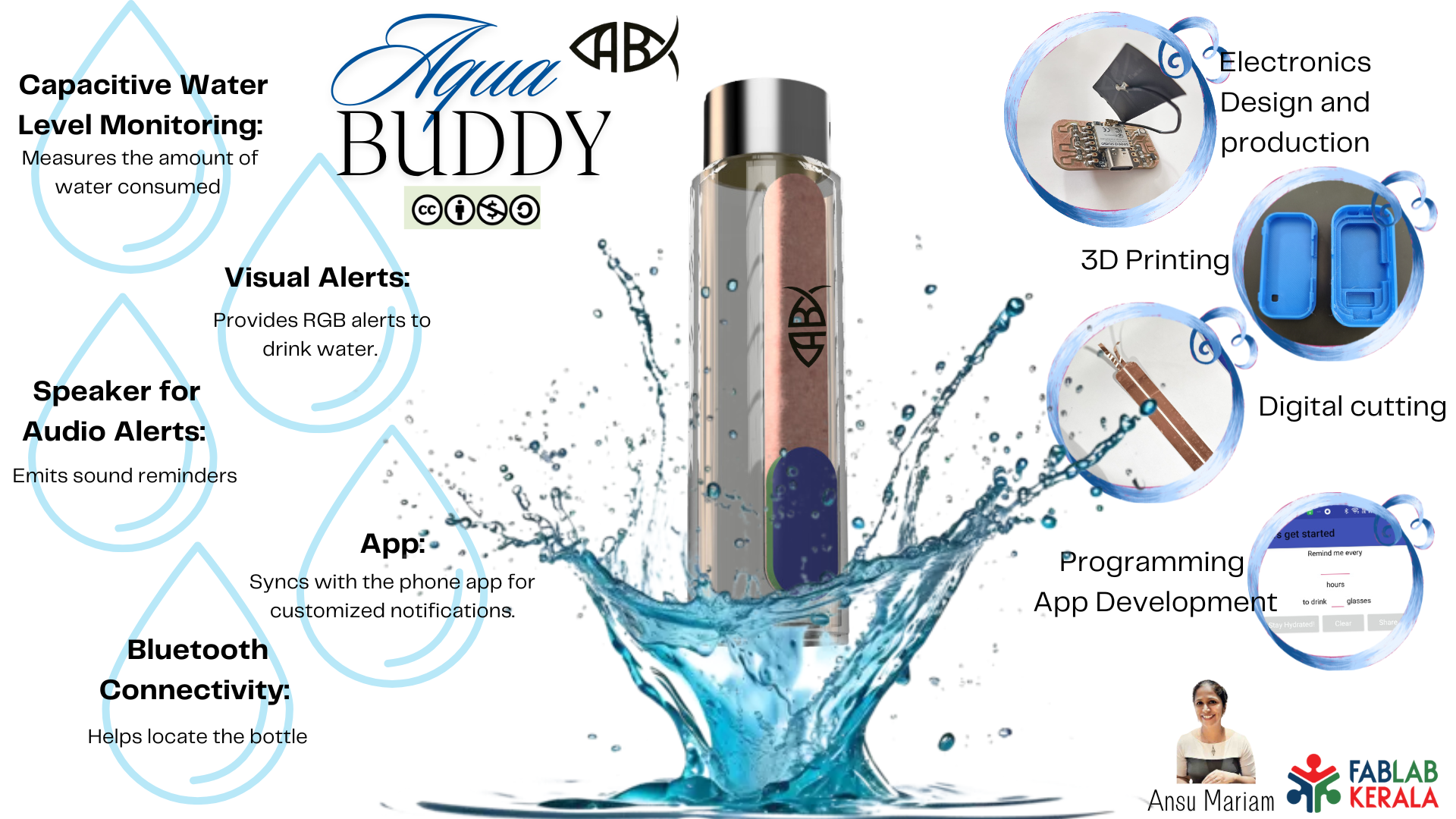
What is an Invention?
In the context of intellectual property, an invention is a novel and useful idea or creation that provides a new way of doing something or offers a new technical solution to a problem. Inventions can encompass a wide range of developments, including but not limited to:Protection of Inventions
Inventions are primarily protected by patents. A patent grants the inventor exclusive rights to use, make, sell, and distribute the invention for a certain period, typically 20 years from the filing date, in exchange for publicly disclosing the details of the invention. This system aims to incentivize innovation by allowing inventors to potentially recoup their investment and profit from their creativity and hard work.To be eligible for a patent, an invention must generally meet three key criteria:
Novelty:
The invention must be new and not known to the public before the filing date of the patent application.
Non-Obviousness:
The invention must not be obvious to a person skilled in the relevant field based on existing knowledge.
Utility:
The invention must be useful and have some practical application or benefit.
Importance of Inventions in IP
Inventions are a crucial component of intellectual property as they drive technological progress and economic growth. By protecting inventors' rights, the IP system encourages investment in research and development, leading to advancements that can improve quality of life, enhance productivity, and address societal challenges.Intellectual Property
Intellectual Property (IP) refers to the creations of the mind, encompassing inventions, literary and artistic works, designs, and symbols, names, and images used in commerce. IP is safeguarded by law through mechanisms such as patents, copyrights, and trademarks. These legal protections enable individuals to gain recognition or financial benefits from their inventions and creations. The IP system strives to balance the interests of innovators and the broader public, fostering an environment where creativity and innovation can thrive.
Types of intellectual property
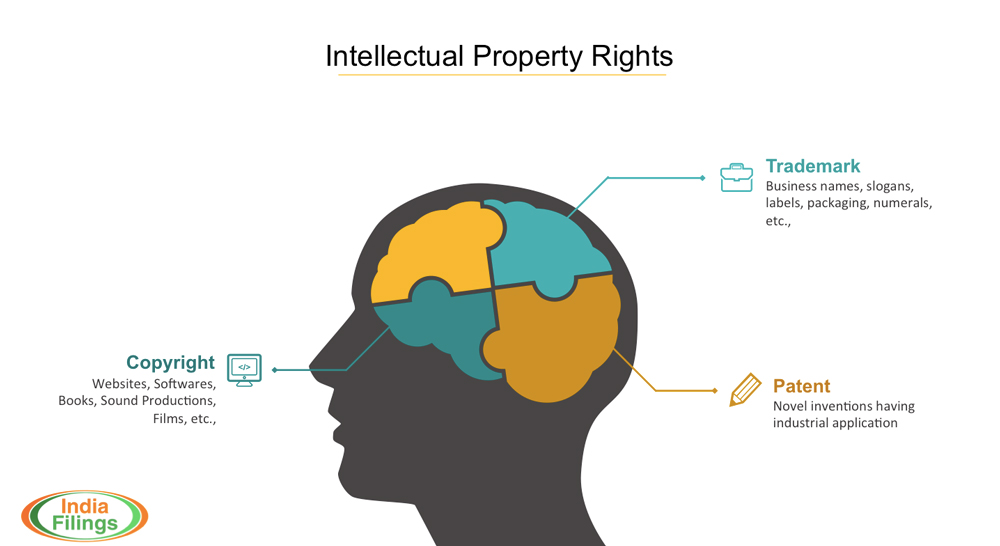
Patent
A patent is an exclusive right granted for an invention, which is a product or a process that provides, in general, a new way of doing something, or offers a new technical solution to a problem. To get a patent, technical information about the invention must be disclosed to the public in a patent application.Copyright
Copyright (or author’s right) is a legal term used to describe the rights that creators have over their literary and artistic works. Works covered by copyright range from books, music, paintings, sculpture, and films, to computer programs, databases, advertisements, maps, and technical drawings.Trademarks
A trademark is a sign capable of distinguishing the goods or services of one enterprise from those of other enterprises. Trademarks are protected by intellectual property rights.Industrial Designs
In a legal sense, an industrial design constitutes the ornamental aspect of an article. An industrial design may consist of three dimensional features, such as the shape of an article, or two dimensional features, such as patterns, lines or color.Geographical Indications
A geographical indication (GI) is a sign used on products that have a specific geographical origin and possess qualities or a reputation that are due to that origin. In order to function as a GI, a sign must identify a product as originating in a given place.Trade Secrets
Trade secrets are intellectual property (IP) rights on confidential information which may be sold or licensed.Intellectual Property Rights Registration
In India, the intellectual property rights pertaining to trademarks and patents are controlled by the Controller General of Patents Designs and Trademarks, Department of Industrial Policy and Promotion, Ministry of Commerce and Industry. Copyrights are handled by the Copyright Office, Copyright Societies, Government of India. Based on the type of intellectual property right to be registered, application must be made to the concerned authorities in the prescribed form. More information on Indian registration is in this link.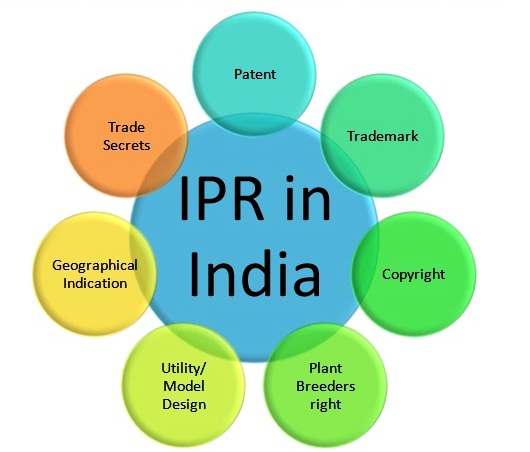
Intellectual Property Rights in India: Laws and Procedures for Registration
For a brief overview of the IPR system in India and enumeration of its component laws and basic procedures for registration is in this link.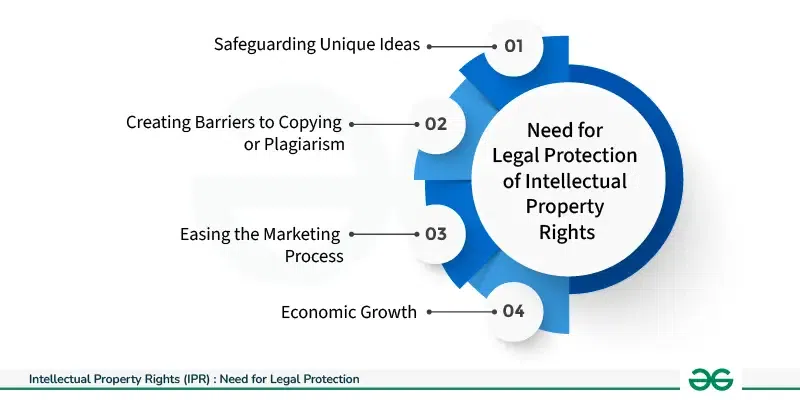
Creative commons
Creative Commons (CC) is an internationally active non-profit organisation that provides free licences for creators to use when making their work available to the public. These licences help the creator to give permission for others to use the work in advance under certain conditions.Every time a work is created, such as when a journal article is written or a photograph taken, that work is automatically protected by copyright. Copyright protection prevents others from using the work in certain ways, such as copying the work or putting the work online.
CC licences allow the creator of the work to select how they want others to use the work. When a creator releases their work under a CC licence, members of the public know what they can and can’t do with the work. This means that they only need to seek the creator’s permission when they want to use the work in a way not permitted by the licence.
The great thing is that all CC licences allow works to be used for educational purposes. As a result, teachers and students can freely copy, share and sometimes modify and remix a CC work without having to seek the permission of the creator.
Standard rights and obligations
CC provides six core licences, each of which allow members of the public to use the material in different ways. While there are different CC licences, all CC licences include certain standard rights and obligations.User rights
Every CC licence allows you to:User obligations
When you use any CC material, you must:In addition, when you use any CC material, you must not:
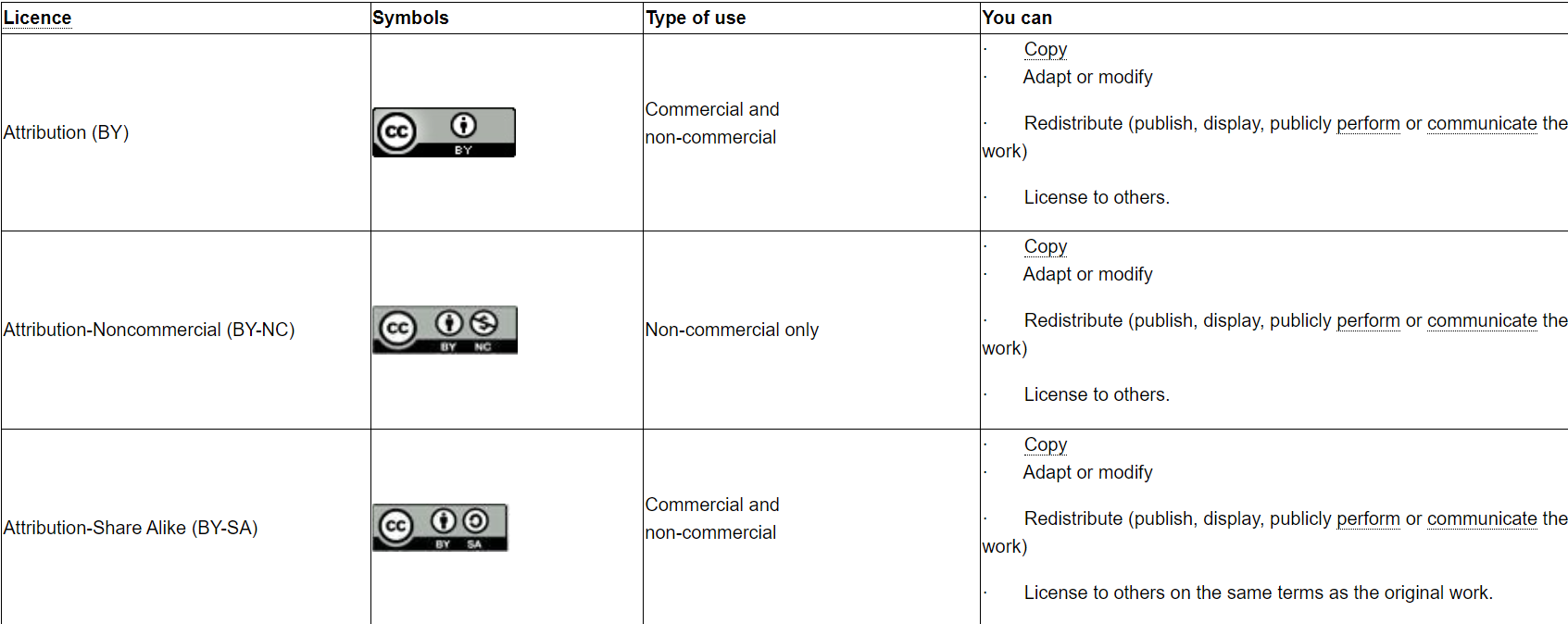

Choosing Right Licence for the Aqua Buddy
When deciding on a license, it's crucial to think about what needs protection and who you are protecting it from. Given my plans to commercialize my system, it's vital to secure both my idea and the system against unauthorized commercial use.
.png)
You must credit the creator, the title and the licence the work is under. This is compulsory for all Creative Commons licences.

Any use of the work must be for non-commercial purposes only. For example, file sharing, educational use and film festivals are all allowed, but advertising and for-profit uses are not.

Any new work produced using this material must be made available under the same licence as the original work. For example, if you remix a work under an Attribution-Share Alike licence, you have to release the new work you create under an Attribution-Share Alike licence.
Adding the License
To add the licence to the page,go to https://chooser-beta.creativecommons.org/ and complete the document. You can copy the html text and add it to your footer..png)
.png)
I added it to my final project week's footer.
